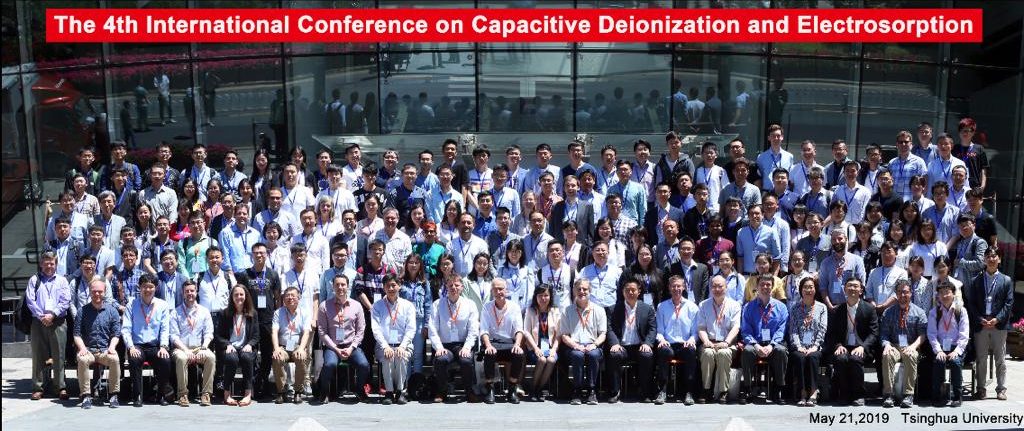As reported during the 8th International Conference "Interfaces against Pollution," May 2014, the energy consumption of CDI operation can be significantly reduced by tuning the discharge voltage, which is the cell voltage applied during cell discharge, when the adsorbed salt is released and a concentrated brine stream is produced. Commonly in CDI, the charging voltage is tuned to an optimum value, where salt adsorption is high but leakage currents are still low. The discharge voltage is by default set to zero Volt. Following an earlier study from Bar-Ilan University, Israel, a cooperation of Seoul University (South Korea), Wageningen University and Wetsus (the Netherlands) found and reported on the positive influence of tuning the discharge voltage to values higher than zero. In contrast to the earlier work, it was found that salt adsorption per cycle did not markedly decrease, while the charge efficiency went up to values approaching the theoretical limit of one (unity). This meant that the energy consumption significantly decreased (being inversely proportional to charge efficiency), even without considering energy recovery, something that is possible with positive discharge voltages.
In the same study it was also found that with a non-zero discharge voltage, it becomes easier in CDI to achieve a stable effluent concentration by using constant-current operation; something that before this study was thought to be possible only for membrane-assisted CDI. As senior author prof.dr. J. Yoon remarks: "This was a very insightful study that clearly showed the potential of tuning the operational conditions of CDI to enhance the performance of a CDI cell. It was remarkable how accurately the porous electrode transport theory, using the Donnan concept to describe salt adsorption, could describe the data. For design purposes, such a model is indispensable."
